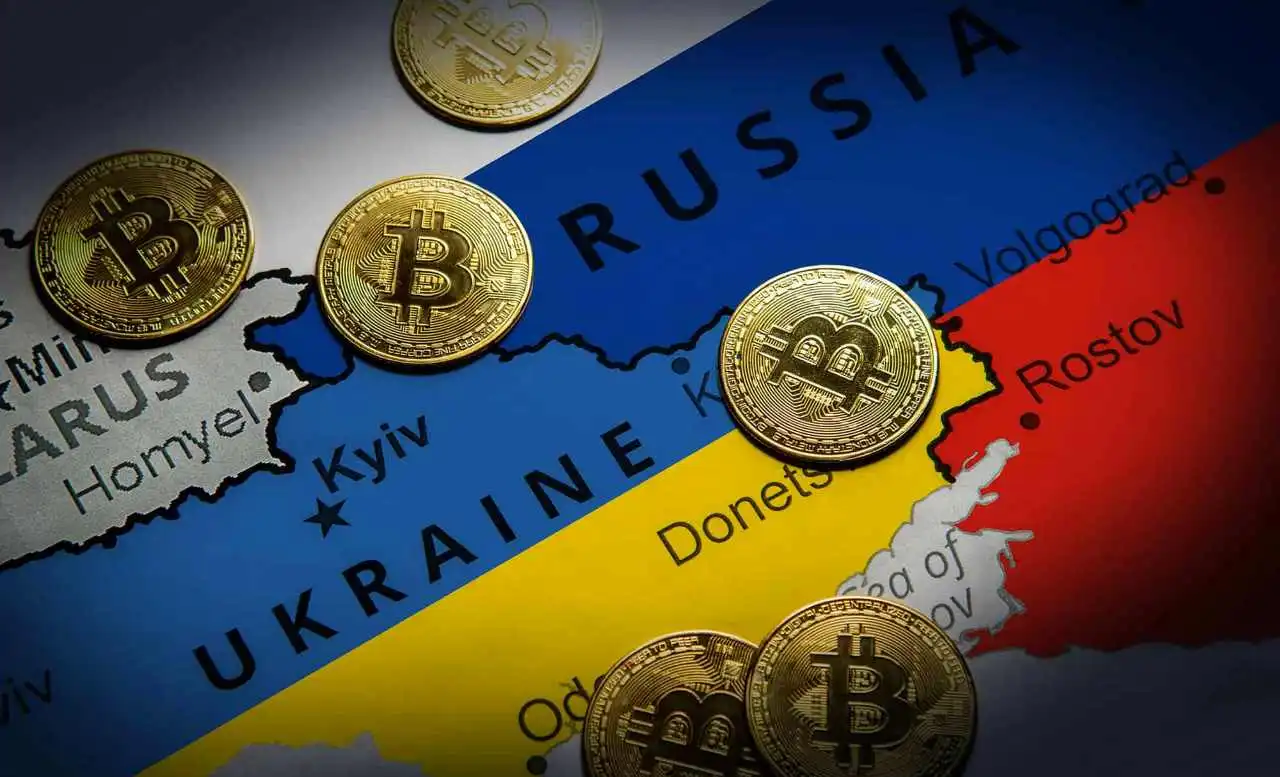Russia-Backed Crypto Stablecoin A7A5 Tops $40 Billion in Transfers Amid Sanctions Pushback

As Russia looks for ways to get around Western sanctions, a cryptocurrency backed by rubles is becoming increasingly popular. Since its launch by sanctioned entities, the A7A5 stablecoin has seen over $40 billion in transactions, with the majority of those transactions peaking this July. For cross-border transactions without SWIFT, it’s rapidly taking the lead.
A7A5, which was introduced to get around Western payment restrictions, is becoming more and more popular among sanctioned Russian businesses looking for alternate payment methods, particularly for international trade with China and other Central Asian partners.
Why does Russia trade in stablecoins?
Since Russia invaded Ukraine in 2022, the country has been hit with crippling financial sanctions. For example, it has been cut off from the global SWIFT system. It is now much harder for Russian companies to send money abroad, especially for imports and defense.
To get around this, Russia has turned to cryptocurrency. A7A5 is a new stablecoin that is backed by the rouble and was made available in January 2024 by Promsvyazbank and A7, both of which are under Western sanctions. This makes trade easier. The coin is sold to help Russian businesses send money to other countries, especially China, without going through the normal banking system. It is registered in Kyrgyzstan.
How fast is A7A5 growing?
According to Elliptic, a company that studies blockchain technology, A7A5 usage skyrocketed in July, with transactions worth a total of $41.2 billion. The stablecoin is now trading more than $1 billion a day, which has greatly increased demand and liquidity.
Another blockchain research company, TRM Labs, says that the same amounts are being traded and talks about how A7A5 could be used to ship dual-use goods, things that can be used for both military and civilian purposes, from China to Russia through Central Asia.
What does the rising volume mean?
Elliptic says that the market cap of the stablecoin went from $521 million to $1.5 billion in less than two weeks. A7A5 said in a Telegram post that it had raised USDT liquidity to $100 million on its decentralized exchange in response to user requests.
People in the West are worried about how much more A7A5 is being used. It might help Russian businesses make payments outside of SWIFT, but it could also give people a new way to use cryptocurrency to get around sanctions.
As the need for other ways to move money grows, A7A5 may become an important way for economies that have been sanctioned to do so without the help of regular banks.
Also read: Solo Bitcoin Miner Wins $373K Block Reward Jackpot
Investment disclaimer: The content reflects the author’s personal views and current market conditions. Please conduct your own research before investing in cryptocurrencies, as neither the author nor the publication is responsible for any financial losses.
Ad Disclosure: This site may feature sponsored content and affiliate links. All advertisements are clearly labeled, and ad partners have no influence over our editorial content.
- Hong Kong Eyes Leadership in RMB Stablecoin Race to Rival USDT
- Germany Prepares for Euro Stablecoin Revolution
- XRP Price Surges Amid Market Optimism, But Insider Activity Raises Concerns
- A 300% Spike in Selling Pressure Puts Ethereum’s Next Price Move at Serious Risk
- Is XRP Overvalued? A Closer Look at Market Metrics
- Bitcoin’s $200K Target: Reality Check for 2025
- Could Ethereum Overtake Bitcoin by Mid-August? Analyst Raises Eyebrows with Bold Prediction
- Is XRP on the Verge of a Revolutionary Breakout? Analysts Predict Unprecedented Market Dominance
Popular Story
-
Bitcoin Price Prediction 2026: $150K or Crash?
-
XRP Price Prediction 2025-2030: Can Ripple Break Above $6 After the Next Major Market Catalyst
-
Crypto Tax in India: File Before Jan 31
-
Ethereum Price Prediction 2026: Experts Forecast a Massive Breakout as Supply Shrinks & Institutional Demand Surges
-
Top 5 Altcoins to Explode in Q1 2026
Subscribe to our Newsletter
10-minute daily crypto updates to your inbox
Follow Us
Featured
- Crypto Exchanges
- Crypto Funding
- Cloud Mining Platforms
- Crypto Wallets
- Best Crypto Presales
- Best Crypto ICOs
- Telegram Crypto Channels
About
- About Us
- Contact Us
- Advertise
- Submit PR
- Authors
- Privacy Policy
- Terms & Conditions




